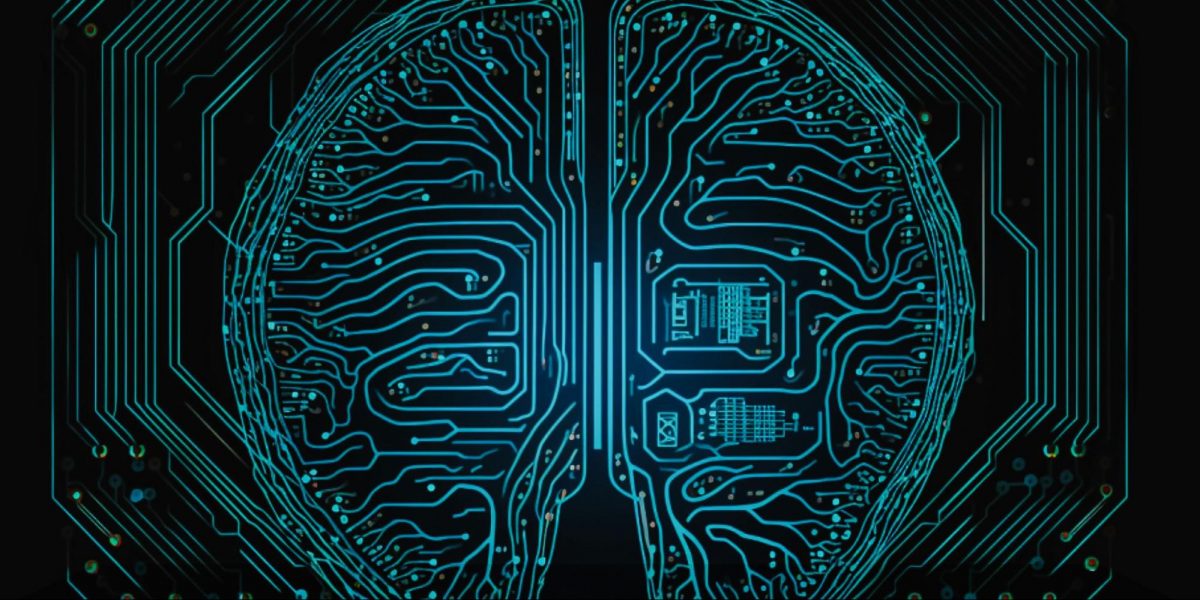Artificial Intelligence (AI) has rapidly transitioned from a theoretical concept to an increasingly common part of many aspects of daily life. Whether it’s powering voice assistants like Siri and Alexa, personalizing social media feeds, or contributing to changes in industries such as healthcare, education, and finance—AI is no longer just a future possibility; it is becoming an established presence. However, as AI systems grow in power and complexity, they also raise important questions about ethics, transparency, and the ways humans and AI might work together.
This article explores where AI stands today, the challenges it presents, and some innovations that are shaping the next frontier. We’ll also take a closer look at Hypnopixels, a creative company exploring AI applications in digital media and design.
The State of AI in 2025
As of 2025, AI systems are generally more capable and accessible than in previous years. Natural language processing (NLP) models, like GPT-4 and its successors, can assist in writing essays, coding software, composing music, and even tutoring students. Computer vision technologies allow machines to identify objects, faces, and gestures with accuracy that approaches human levels in many cases. Meanwhile, AI-driven robotics is beginning to blur the line between mechanical tools and intelligent agents.
In the business world, AI is increasingly used to optimize supply chains, forecast markets, and personalize customer experiences at scale. In healthcare, AI supports faster and sometimes more precise diagnosis of diseases compared to traditional methods. The education sector employs AI to create adaptive learning systems that aim to tailor instruction to individual students’ pace and style.
Challenges and Ethical Concerns
With these developments come significant ethical dilemmas. One ongoing concern is bias in AI systems. Because AI models are trained on data generated by humans, they often reflect existing societal prejudices—whether racial, gender-based, or socio-economic. This can lead to outcomes such as biased hiring algorithms or unfair criminal sentencing tools, which have real-world consequences.
Privacy also remains a critical issue. AI systems that collect, analyze, and store large volumes of personal data carry risks if not properly secured. Governments and corporations face the challenge of balancing innovation with the protection of individual rights.
The potential for job displacement is another major concern. While AI is creating new categories of employment, it is also automating many existing roles—especially in sectors like manufacturing, customer service, and logistics. Preparing the workforce to adapt to these changes is a key social challenge moving forward.
Creative AI: The Rise of Hypnopixels
Among the many technical and ethical discussions, an interesting development in the AI field is its intersection with art and design. This is where companies like hypnopixels.com come into play. Specializing in AI-generated visual experiences, Hypnopixels combines machine learning with creativity to produce immersive digital artworks, real-time generative visuals, and dynamic branding assets.
What distinguishes Hypnopixels is their emphasis on interactive AI design. They do not merely use AI to create static images or templates. Instead, their systems adapt in real-time based on audience input, emotional data, or environmental cues. For example, a Hypnopixels installation in a museum might adjust its visuals depending on a viewer’s proximity or even facial expression, creating a more personalized experience.
Beyond entertainment and advertising, Hypnopixels is investigating therapeutic applications of AI visuals in wellness and mental health, helping individuals manage stress or anxiety through immersive, calming displays. Their work illustrates how AI can be used not just to replicate human creativity, but to expand it into new directions.
AI and the Future of Human Collaboration
One important shift in the AI narrative is the movement from AI as a simple tool to AI as a collaborator. Professionals in many fields—from law and medicine to music and marketing—are increasingly working alongside AI models to enhance outcomes.
In software development, for instance, tools like GitHub Copilot assist programmers by suggesting code snippets or entire functions. In journalism, AI systems support the analysis of large datasets and help draft articles under editorial supervision. This model of collaboration—sometimes called centaur AI, where humans and machines work together—could become a widespread approach.
Rather than replacing human skills, AI has the potential to amplify them. Artists use AI to explore new aesthetic possibilities. Scientists apply AI to accelerate drug discovery. Teachers leverage AI to tailor learning experiences. The question is less about whether AI will change society, and more about how we guide that transformation.
Regulation and Responsibility
Given AI’s significant potential and associated risks, regulation is increasingly seen as necessary. In 2025, countries are working to establish legal frameworks that aim to ensure AI development is safe, ethical, and inclusive. The European Union’s AI Act, for example, categorizes AI applications by risk and imposes standards on systems considered high-risk, such as facial recognition or biometric surveillance.
Transparency is a critical goal. AI systems should be explainable—users ought to understand how decisions are made. Equally important is accountability: when an AI system fails or causes harm, it is essential to determine who is responsible. These are complex questions that policymakers, engineers, and ethicists continue to address collaboratively.
Summary: Shaping the AI Future
Artificial Intelligence represents more than just a technological change—it signals a broad societal transformation. From how we work and learn to how we create and connect, AI is influencing many aspects of human life. However, with such influence comes considerable responsibility. The choices made today regarding AI design, deployment, and regulation will play a crucial role in determining whether it contributes to equity and empowerment or to exclusion and control.
Companies like Hypnopixels demonstrate ways AI can be applied creatively, ethically, and innovatively. Their work serves as a reminder that AI does not need to be impersonal or purely functional—it can also be expressive, meaningful, and connected to human experience.
As we look to the future, the question is not whether AI will continue to evolve, but whether we are prepared to evolve alongside it.
Published by Jeremy S.


















